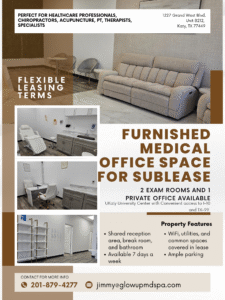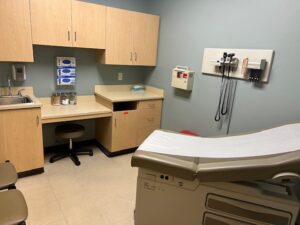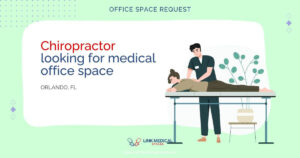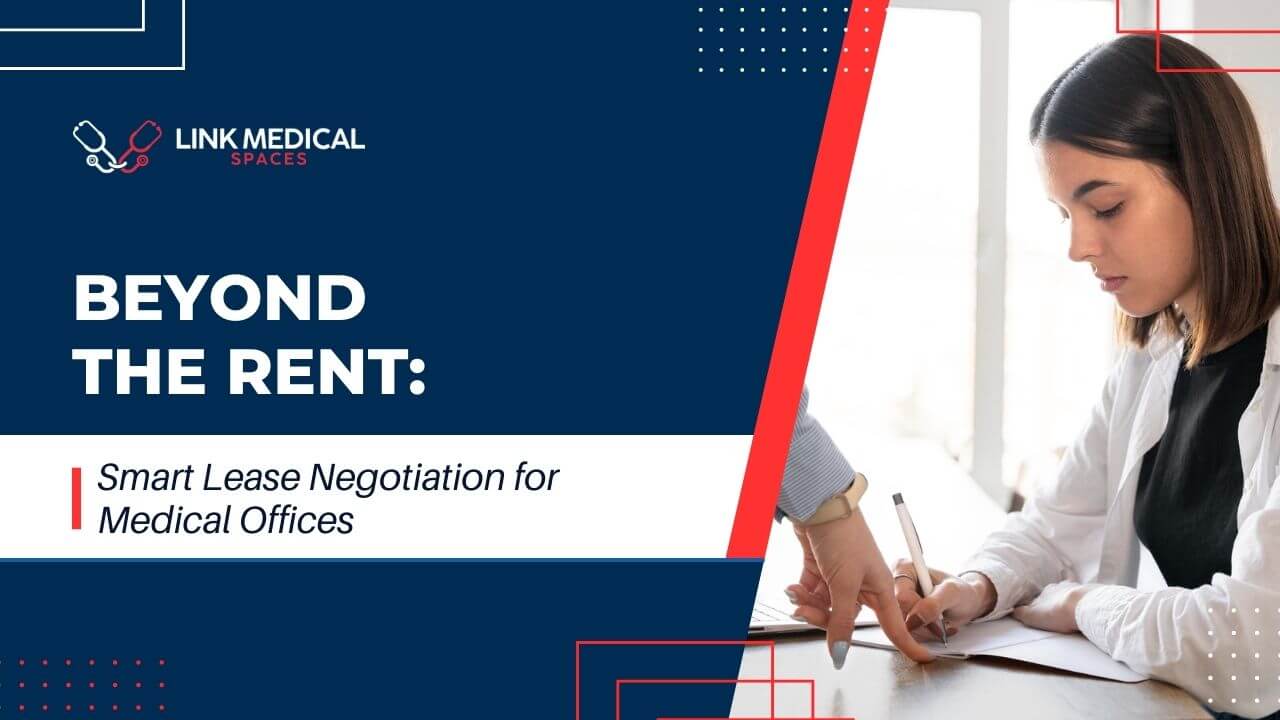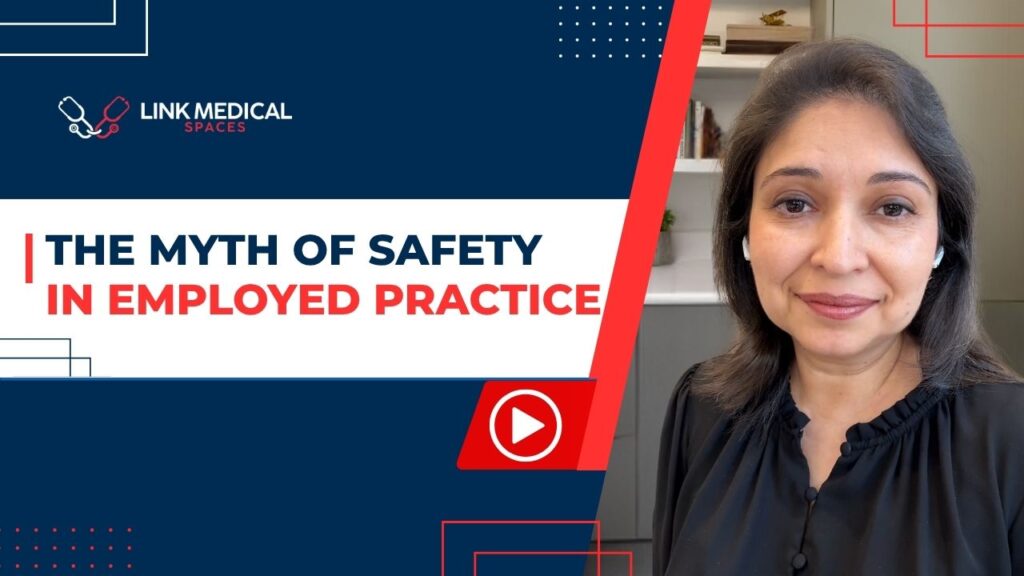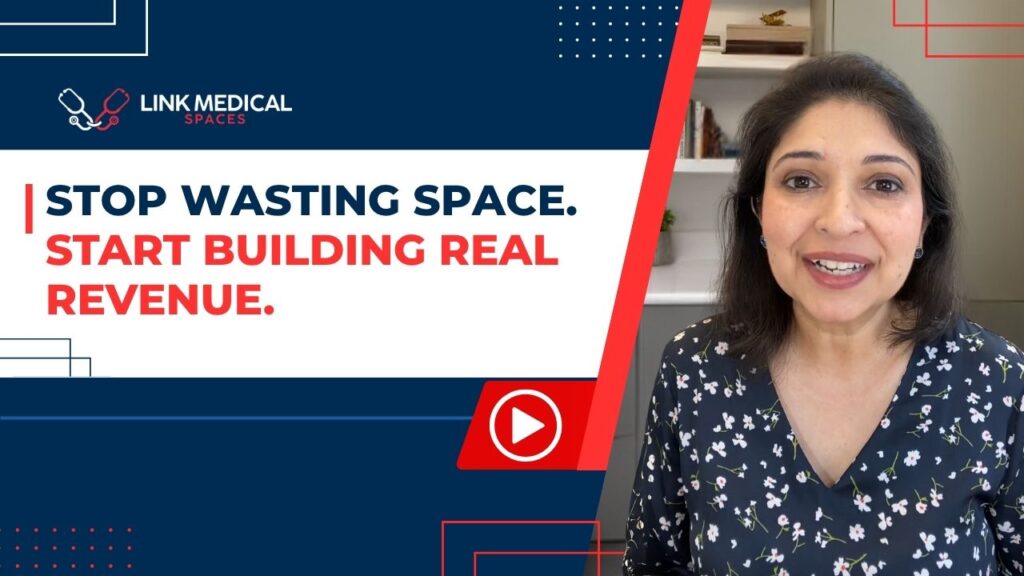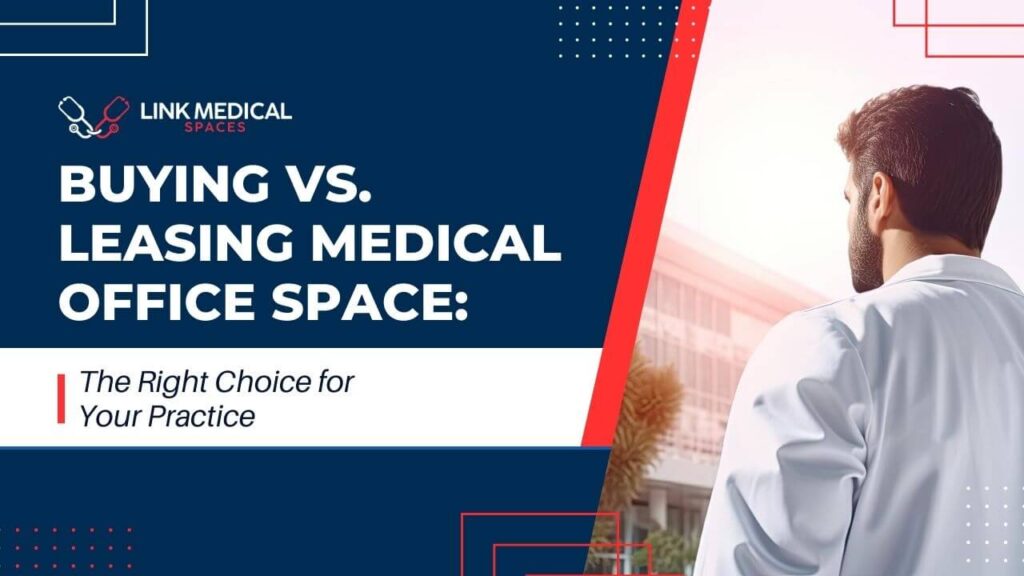When looking for the right medical office space, rent is often the most significant expense. However, landlords—especially in high-demand medical office buildings (MOBs)—may have set rental rates that they are unwilling to reduce. This doesn’t mean you’re out of negotiation options. Even when base rent is firm, you can still negotiate other valuable lease terms to improve the financial and operational benefits of your lease.
Think of it like a job offer: If the base salary isn’t flexible, professionals often negotiate for more vacation time, continuing education funds, or flexible schedules. Similarly, medical office tenants can negotiate beyond rent to secure a lease that better suits their needs.
In this guide, we’ll cover key negotiable lease terms, including:
✅ Tenant Improvement (TI) Allowances – Who pays for renovations and build-outs?
✅ Free or Reduced Rent Periods – How to negotiate a rent-free initial term
✅ Flexible Lease Terms & Early Termination Options – Avoiding rigid long-term commitments
✅ Common Area Maintenance (CAM) & Operating Expenses – Reducing hidden costs
✅ Exclusivity & Non-Compete Clauses – Preventing competitors from moving in
✅ Parking, Signage, and Visibility Enhancements – Maximizing patient accessibility
✅ Right of First Refusal & Expansion Rights – Planning for future growth
If rent isn’t flexible, don’t walk away from the table just yet—let’s explore the many other valuable terms you can negotiate.
Tenant Improvement (TI) Allowances: Who Pays for Renovations?
Many medical office spaces require customized build-outs to accommodate:
- Exam rooms, X-ray or imaging suites
- Medical gas lines, additional plumbing, and specialized HVAC systems
- Patient waiting areas and ADA-compliant restrooms
How to Negotiate TI Allowances
✅ Request a higher Tenant Improvement (TI) Allowance – This is a landlord-funded contribution toward your build-out costs. TI allowances typically range from $30 to $100 per square foot, depending on lease length and market conditions.
✅ Ask for a turnkey build-out – Instead of handling construction yourself, negotiate for the landlord to complete the renovations before move-in.
✅ Negotiate reimbursement timing – Some landlords reimburse TI expenses after work is completed, which can strain cash flow. Ask for a portion of the TI allowance upfront.
🔎 Pro Tip: If the landlord refuses TI allowances, negotiate for free rent (see below) to offset renovation costs.
If rent itself is non-negotiable, landlords may still be willing to offer a rent-free period at the beginning of your lease.
Free or Reduced Rent Periods: Offsetting Costs
Why Landlords Offer Free Rent
✅ Helps offset moving and build-out costs for new tenants
✅ Reduces vacancies in competitive markets
✅ Makes a lease more attractive without lowering the base rent
How to Negotiate Free Rent
✅ Ask for 1-6 months of free rent at lease signing (common for long-term leases of 5+ years)
✅ If full rent abatement isn’t possible, negotiate reduced rent for the first year (e.g., 50% rent for six months)
✅ Tie rent-free periods to build-out delays—if construction takes longer than expected, you should not be paying full rent on an unfinished space
🔎 Pro Tip: Shorter leases (3 years or less) typically get 1-2 months of free rent, while longer leases (7-10 years) may secure 3-6 months.
Flexible Lease Terms & Early Termination Options
Medical professionals often face uncertainty about future practice growth, patient demand, or regulatory changes. Long-term, rigid lease terms can become a liability.
What to Negotiate for Flexibility
✅ Shorter Initial Lease Terms – If a landlord wants a 10-year lease, push for a 5-year lease with renewal options.
✅ Early Termination Clause – If patient volume changes or you sell your practice, can you exit the lease without excessive penalties?
✅ Break Clauses for Regulatory Changes – If state or federal laws significantly impact your practice, you should be able to renegotiate or exit your lease.
🔎 Pro Tip: If the landlord refuses a shorter lease, request an assignment or subleasing clause (see below).
Common Area Maintenance (CAM) & Operating Expenses: Avoiding Hidden Costs
Many medical office leases include Common Area Maintenance (CAM) fees, which cover:
✅ Parking lot upkeep & landscaping
✅ Janitorial & security services
✅ Utilities for common areas
✅ Property taxes & insurance
How to Reduce CAM Fees
✅ Negotiate a cap on annual CAM increases (e.g., no more than 3-5% per year)
✅ Request an itemized breakdown of CAM charges to avoid unnecessary expenses
✅ Push for a “gross-up” clause – If the building isn’t fully occupied, you shouldn’t be paying inflated CAM fees
🔎 Pro Tip: CAM fees can add $5 to $15 per square foot to your lease—always scrutinize these charges.
Exclusivity & Non-Compete Clauses: Preventing Competitor Encroachment
One of the most overlooked but critical lease terms is the exclusivity clause, which prevents landlords from renting space to your direct competitors.
How to Protect Your Practice
✅ Request a legally binding exclusivity clause stating that no competing providers (e.g., another pediatrician, dermatologist, or physical therapist) can lease space in the building.
✅ If exclusivity is not granted, negotiate a right of first refusal on future vacancies—this allows you to secure additional space before competitors move in.
🔎 Pro Tip: If you operate in a specialty field, an exclusivity clause prevents patient loss and protects your referral base.
Parking, Signage & Visibility: Improving Patient Accessibility
Since convenience is key for patient retention, parking and signage are critical factors in a medical office lease.
What to Negotiate
✅ Dedicated Parking Spaces – Patients should not compete with other tenants for parking.
✅ Signage Rights – Ask for exclusive monument signage near the building entrance.
✅ Interior Directional Signage – Ensure your office is clearly marked within multi-tenant buildings.
🔎 Pro Tip: High-visibility locations can reduce marketing costs by making your practice more noticeable.
Holdover Provisions: Avoiding Excessive Charges
A holdover period occurs when a tenant remains in the office space beyond the lease expiration date, either due to delayed relocation, unfinished new space, or unforeseen circumstances.
Why Holdover Provisions Matter
✅ Some landlords charge 150-200% of base rent during holdover periods
✅ Without negotiated terms, you could be locked into month-to-month rent at inflated rates
v Establishing a reasonable grace period ensures a smoother transition to a new space
How to Negotiate Holdover Terms
✅ Request a reduced holdover rate (e.g., 110-120% of base rent, rather than 150-200%)
✅ Negotiate a short grace period (e.g., 30-60 days at the same rate) before penalties apply
✅ Clarify exit terms – Ensure the lease specifies a defined end date and removal of automatic renewals
🔎 Pro Tip: Having holdover terms in writing protects your practice from financial penalties if you need extra time before moving out.
Final Thoughts: Lease Negotiation Beyond Rent
Even when rent is fixed, medical office tenants have many other lease terms to negotiate to improve financial flexibility and operational efficiency.
Key Takeaways
✅ Tenant Improvement Allowances – Reduce build-out costs with landlord contributions.
✅ Free Rent Periods – Offset startup costs with 1-6 months of free rent.
✅ Flexible Lease Terms – Avoid long-term risk with shorter leases or early termination options.
✅ Lower CAM Fees – Cap increases and remove unnecessary charges.
✅ Exclusivity Clauses – Prevent competitors from moving in.✅✔ Parking & Signage Rights – Improve patient access and visibility.
✅ Holdover provisions – Prepare for the unexpected with reasonable terms
For more expert insights on medical office leasing and negotiation strategies, stay informed with Link Medical Spaces—your trusted resource for navigating healthcare real estate.


